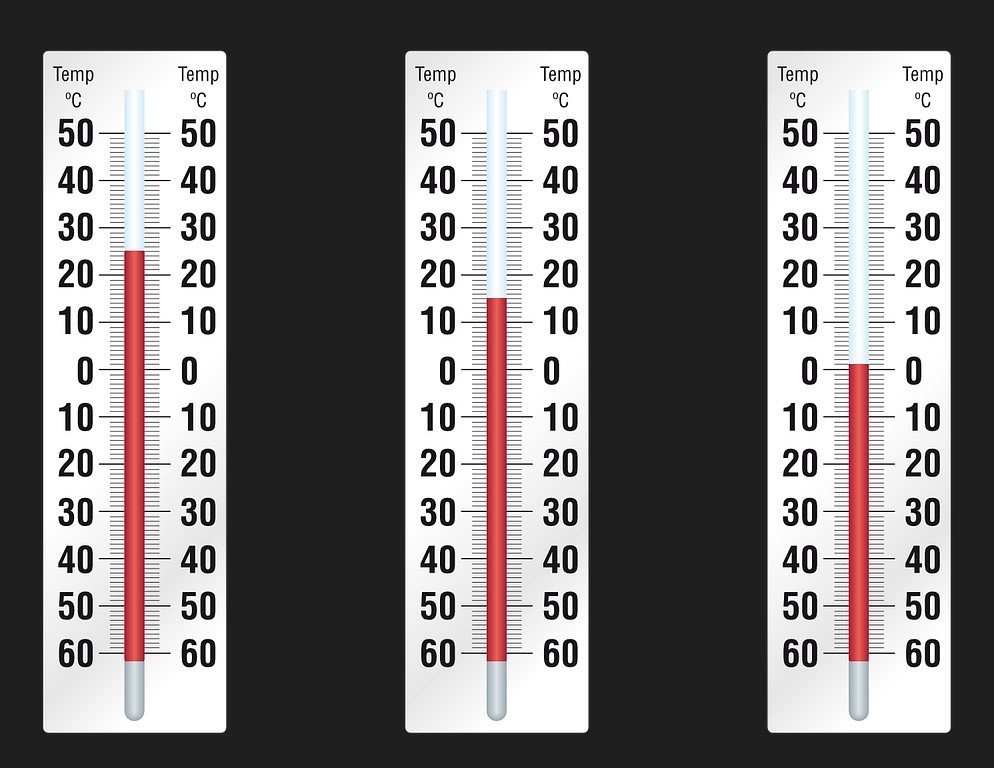There are times when you may need to reset your iPhone 13. Whether it’s sluggish performance, an app continually crashing, or you’re planning to sell or give it away, a factory reset can be a useful solution. This process returns your phone back to its original state, just like when it first came out of the box.
So, how exactly do you reset your iPhone 13? It’s a straightforward process involving a few steps in your settings menu. However, before you proceed, ensure you’ve backed up all your important data as this process will erase everything. After resetting, your iPhone 13 will run smoothly and efficiently, just like a brand new device. Continue reading to learn the detailed steps for carrying out this process.
What is a Factory Reset and When Do You Need It?
A factory reset, also known as a hard reset or master reset, is a process that restores your iPhone 13 back to its original manufacturer settings. This means it will erase all information, data, settings, and downloaded apps on your device, leaving it just as it was when you first took it out of the box. It’s an effective solution for various issues like persistent software glitches, sluggish performance, or if you’re preparing your phone for resale.
Expanding on this, a factory reset is a drastic measure and should only be considered after other troubleshooting steps have failed. It’s not something to be taken lightly as it will wipe out everything on your device, from your photos and videos to your texts and emails. However, it can be a powerful tool to resolve major issues affecting the functionality of your iPhone 13, such as continuous crashing or freezing.
According to recent studies, 27% of smartphone users perform a factory reset on their devices at least once a year. This could be due to various reasons ranging from performance issues to selling or gifting the device. While it may seem like a daunting task, understanding when and how to effectively perform a factory reset can significantly enhance your iPhone 13’s performance and usability.
Precautions to Take Before Resetting Your iPhone 13
Before proceeding with the factory reset of your iPhone 13, it’s crucial to take some precautions. These steps ensure that you don’t lose any essential data and can restore your device to its previous state after the reset. Notably, these precautions aren’t just suggestions but necessary actions to avoid any loss or inconvenience.
The first precaution is to backup your data. Considering a factory reset wipes out everything on your device, backing up your data ensures you can retrieve your files, photos, apps, and settings after the reset. You can use iCloud or iTunes for this purpose. Simply go to Settings > [your name] > iCloud > iCloud Backup and turn it on. Then, tap ‘Back Up Now’. For iTunes, connect your iPhone to a computer, open iTunes, select your iPhone, then choose ‘Back Up Now’.
Secondly, ensure your device is fully charged or connected to a power source during the reset process. A factory reset can take some time, and if your battery dies during this process, it could cause additional issues.

How to Reset iPhone 13: A Comprehensive Guide
Finally, remember your Apple ID and password. After the reset, you’ll need these credentials to reactivate your iPhone. If you’re planning to sell or give away your device, make sure to sign out of iCloud and the iTunes & App Store to remove your personal information.
By following these precautions, you can ensure a smooth and trouble-free factory reset of your iPhone 13.
Step-by-Step Guide on How to Reset iPhone 13
Resetting your iPhone 13 is a straightforward process that can be done directly from your device’s settings. The process involves navigating through several menu options before you can initiate the reset. Please ensure that you’ve backed up all your essential data as this process will erase everything on your device.
Here’s a detailed step-by-step guide on how to reset your iPhone 13:
- Open Settings: Tap on the ‘Settings’ icon on your home screen to open the Settings menu.
- Go to General: Scroll down and tap on ‘General’. This will open a new menu with several options.
- Scroll Down to Reset: At the bottom of the ‘General’ menu, you’ll find the ‘Reset’ option. Tap on it to proceed.
- Choose Reset Option: You’ll see several reset options here. Tap on ‘Erase All Content and Settings’ for a full factory reset.
- Enter Passcode: You’ll be asked to enter your passcode to confirm the action. Input your passcode and proceed.
- Confirm Reset: A final warning will appear, reminding you that this action will erase all data. Confirm the reset by tapping ‘Erase iPhone’.
By following these steps, you can successfully perform a factory reset on your iPhone 13. It’s essential to note that the process may take some time, so ensure you have sufficient battery life or keep your device plugged in during the reset.
Troubleshooting Common Issues After Reset
After a factory reset, you might encounter some issues as your iPhone 13 adjusts to its clean slate. These issues can range from minor inconveniences to more serious problems. However, they are usually fixable with a few troubleshooting steps.
Issue 1: Device Not Turning On
If your iPhone 13 isn’t turning on after the reset, it’s possible that the battery is completely drained. Connect your device to a power source and wait for a few minutes. If it still doesn’t turn on, try performing a force restart by quickly pressing and releasing the volume up button, then the volume down button, and finally, holding the side button until the Apple logo appears.
Issue 2: App Crashes
Experiencing app crashes after a reset could be due to several reasons. It could be a temporary glitch, or the app may not be compatible with your iOS version. First, try restarting your iPhone. If the problem persists, update the app or uninstall and reinstall it.
Issue 3: Wi-Fi Connectivity Issues
Sometimes, after a factory reset, your iPhone 13 may have trouble connecting to Wi-Fi networks. To resolve this, ensure your Wi-Fi router is working correctly. You can also reset your network settings by going to Settings > General > Reset > Reset Network Settings.
Issue 4: Data Restoration Problems
If you’re having trouble restoring your data from a backup after the reset, ensure you’re signed in to the correct Apple ID that you used for the backup. Also, check that you have a stable internet connection. If the issue continues, contact Apple Support for further assistance.
In conclusion, encountering issues after a factory reset is not uncommon. However, understanding how to troubleshoot these common problems can help you get your iPhone 13 back to optimal performance swiftly.
Restoring Your iPhone 13 Data from Backup
After performing a factory reset on your iPhone 13, the next crucial step is to restore your data from the backup you created before the reset. This process retrieves all your files, photos, apps, and settings, helping you get back to using your device as usual. The restoration process can be done via iCloud or iTunes, depending on where you backed up your data.
Here’s a detailed guide on how to restore your iPhone 13 data from a backup:
Via iCloud:
- Turn on your iPhone 13. You should see a Hello screen.
- Follow the steps until you see the Apps & Data screen, then tap Restore from iCloud Backup.
- Sign in to iCloud with your Apple ID and password.
- Choose a backup. Make sure it’s the correct one by checking the date and size. After you choose, the transfer starts.
- If prompted, sign in to your Apple ID account to restore your apps and purchases.
- Stay connected and wait for the progress bar to complete. Depending on the size of the backup and your network speed, this could take some time.
Via iTunes:
- Open iTunes on the PC or Mac that you used to back up your iPhone.
- Connect your iPhone 13 to the computer with a USB cable. If a message asks for your device passcode or to Trust This Computer, follow the onscreen instructions.
- Select your iPhone 13 when it appears in iTunes.
- Choose Restore Backup in iTunes and pick the relevant backup.
- Click Restore and wait for the restore time to finish.
By following these steps, you can successfully restore all your data after resetting your iPhone 13. Ensure your device is connected to Wi-Fi and plugged into a charger during the restoration process to prevent any interruptions.
To Wrap Up
Navigating through the process of resetting your iPhone 13 can seem daunting, but with this comprehensive guide, it doesn’t have to be. From understanding what a factory reset entails to taking necessary precautions, performing the reset, and restoring your data, you now have all the information needed to carry out this task with confidence. Remember, a factory reset can be a powerful tool to resolve major issues and enhance your iPhone 13’s performance.
So, the next time your iPhone 13 seems sluggish or unresponsive, don’t fret! With these steps at your fingertips, you’re well-equipped to handle the situation. Here’s to smooth and efficient use of your iPhone!
Frequently Asked Questions
[faq-schema id=”1427″]
















